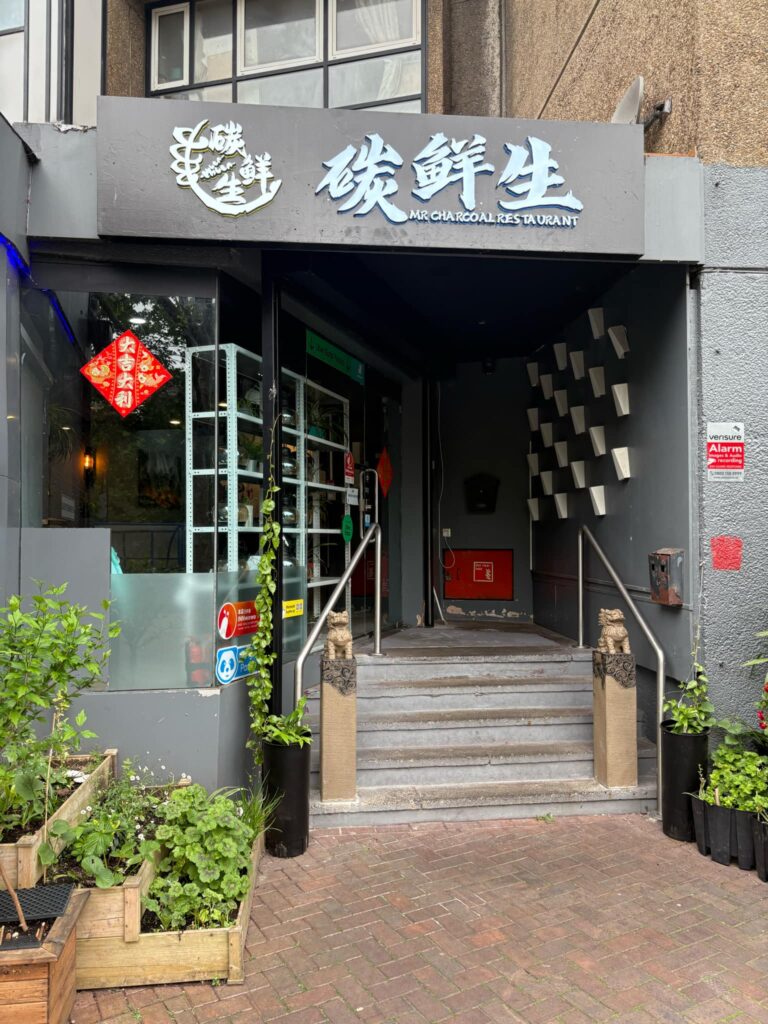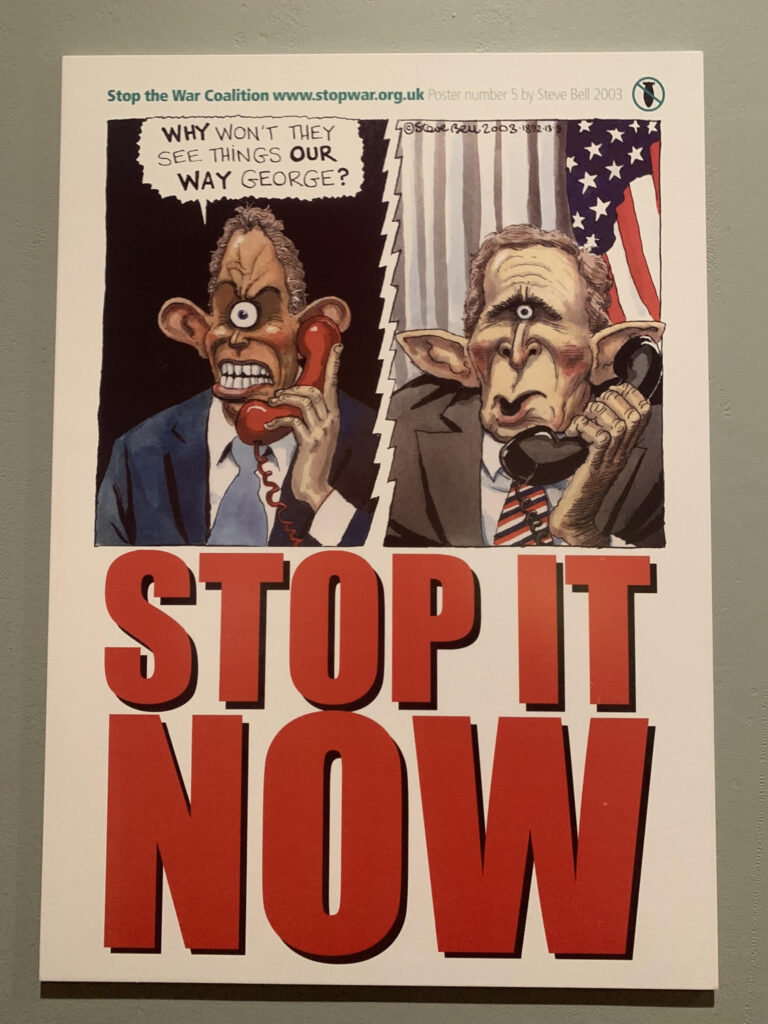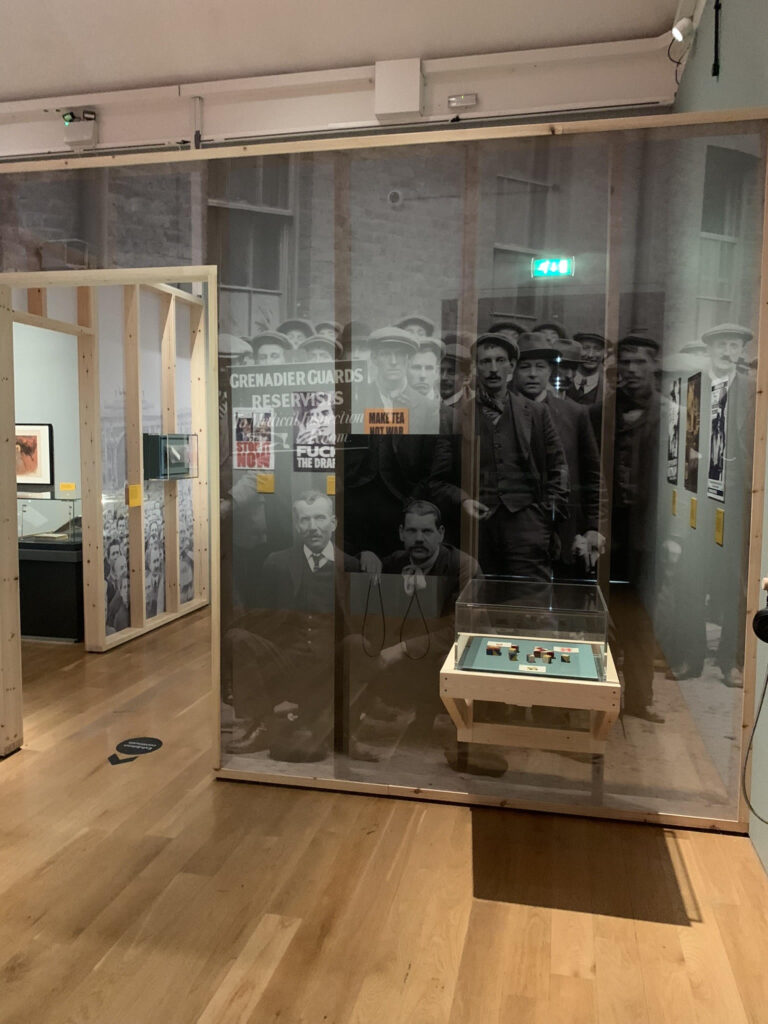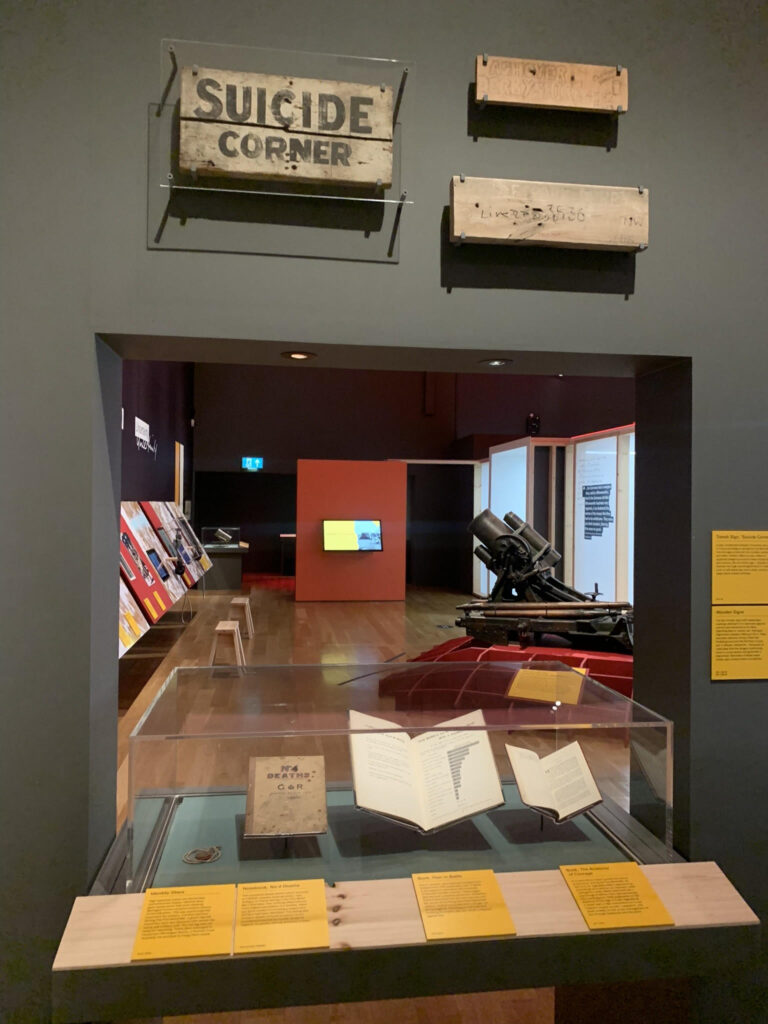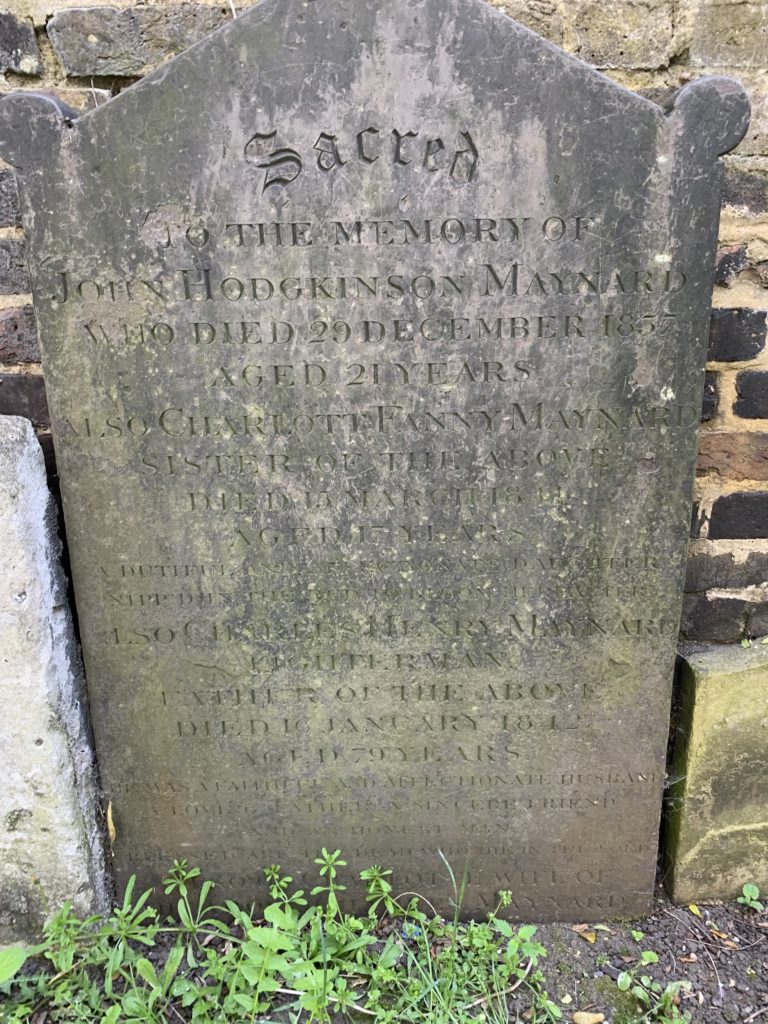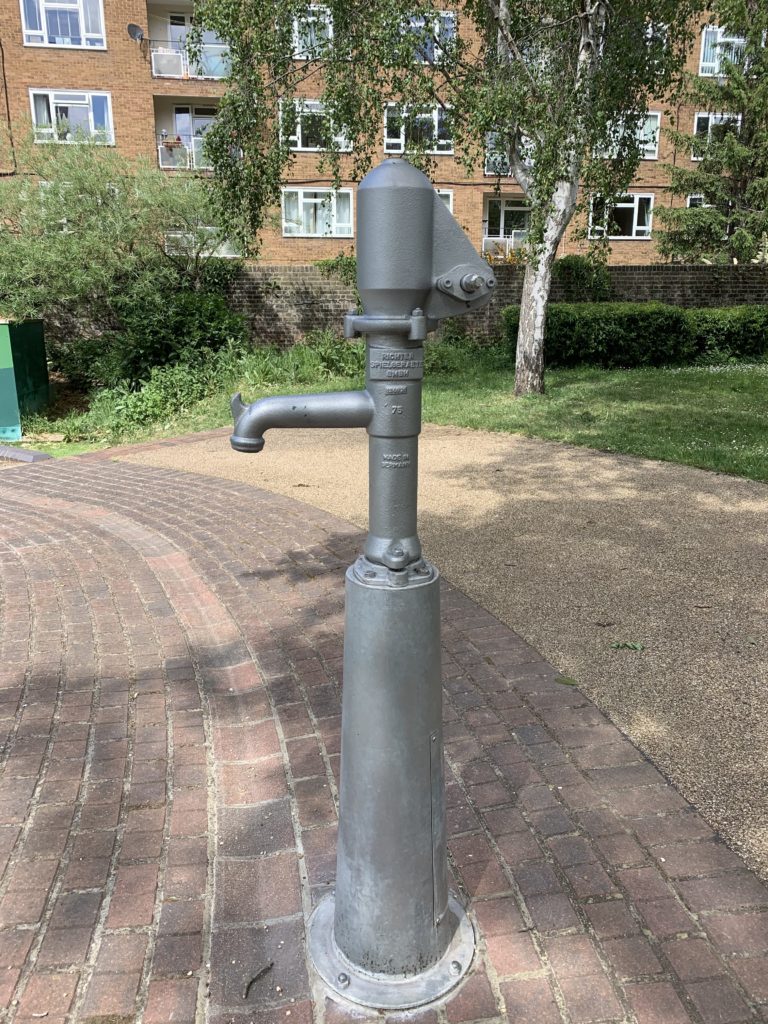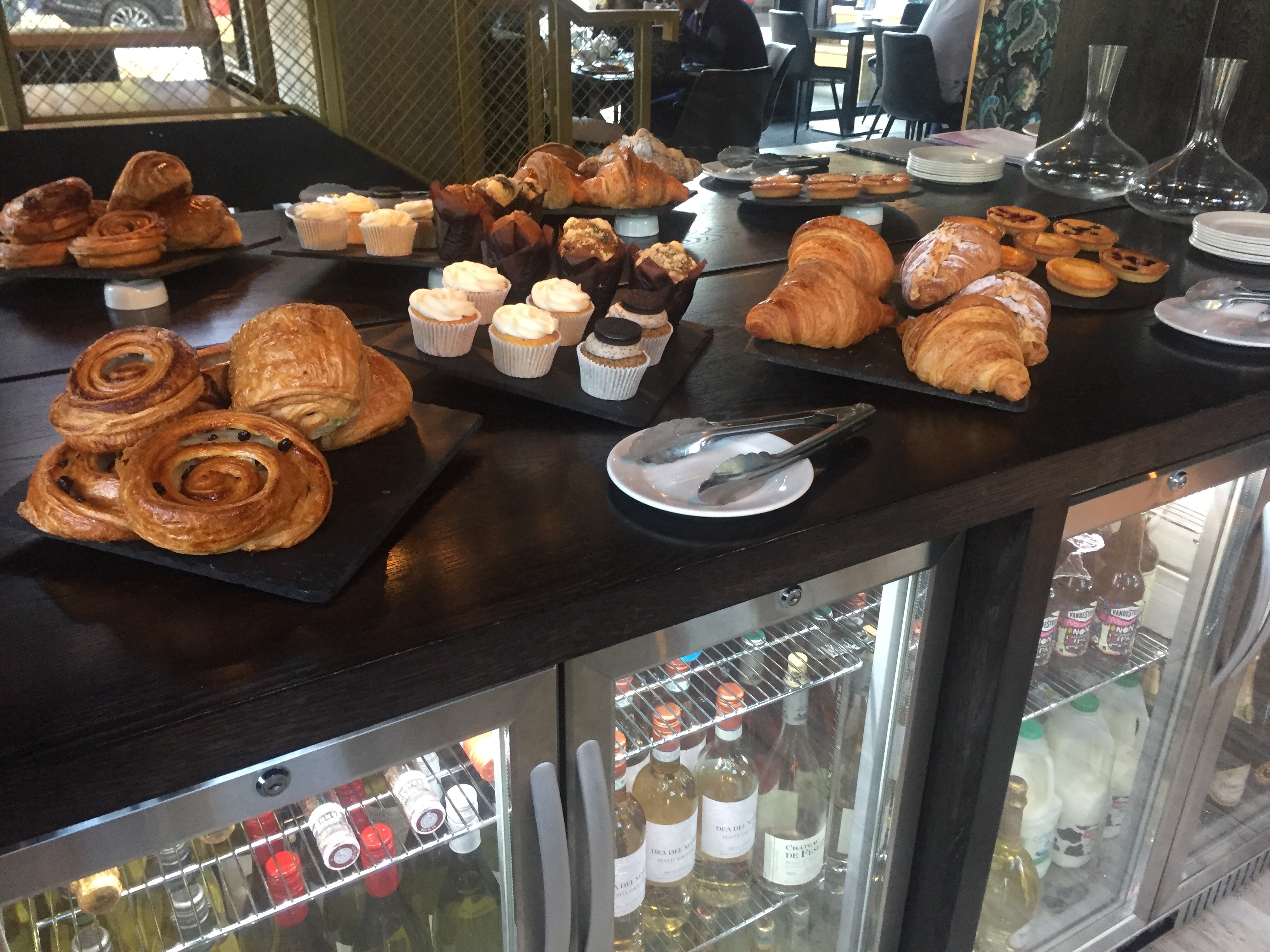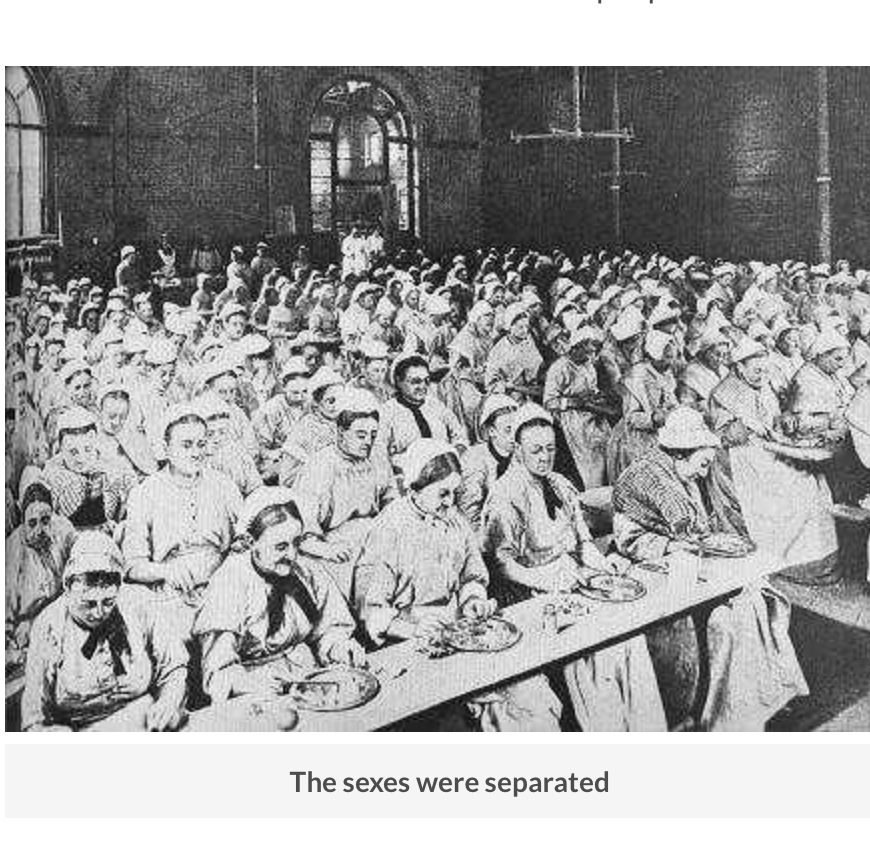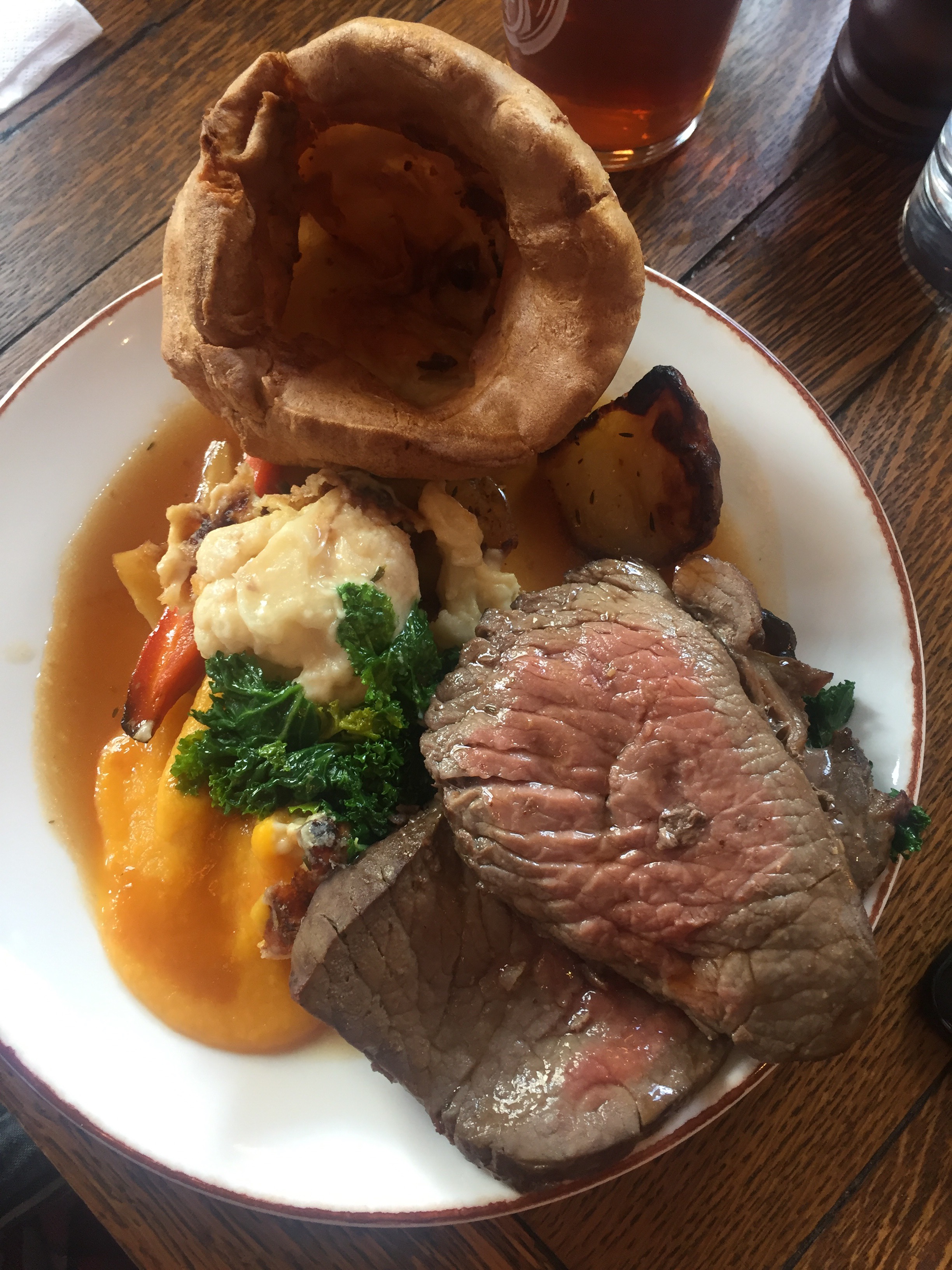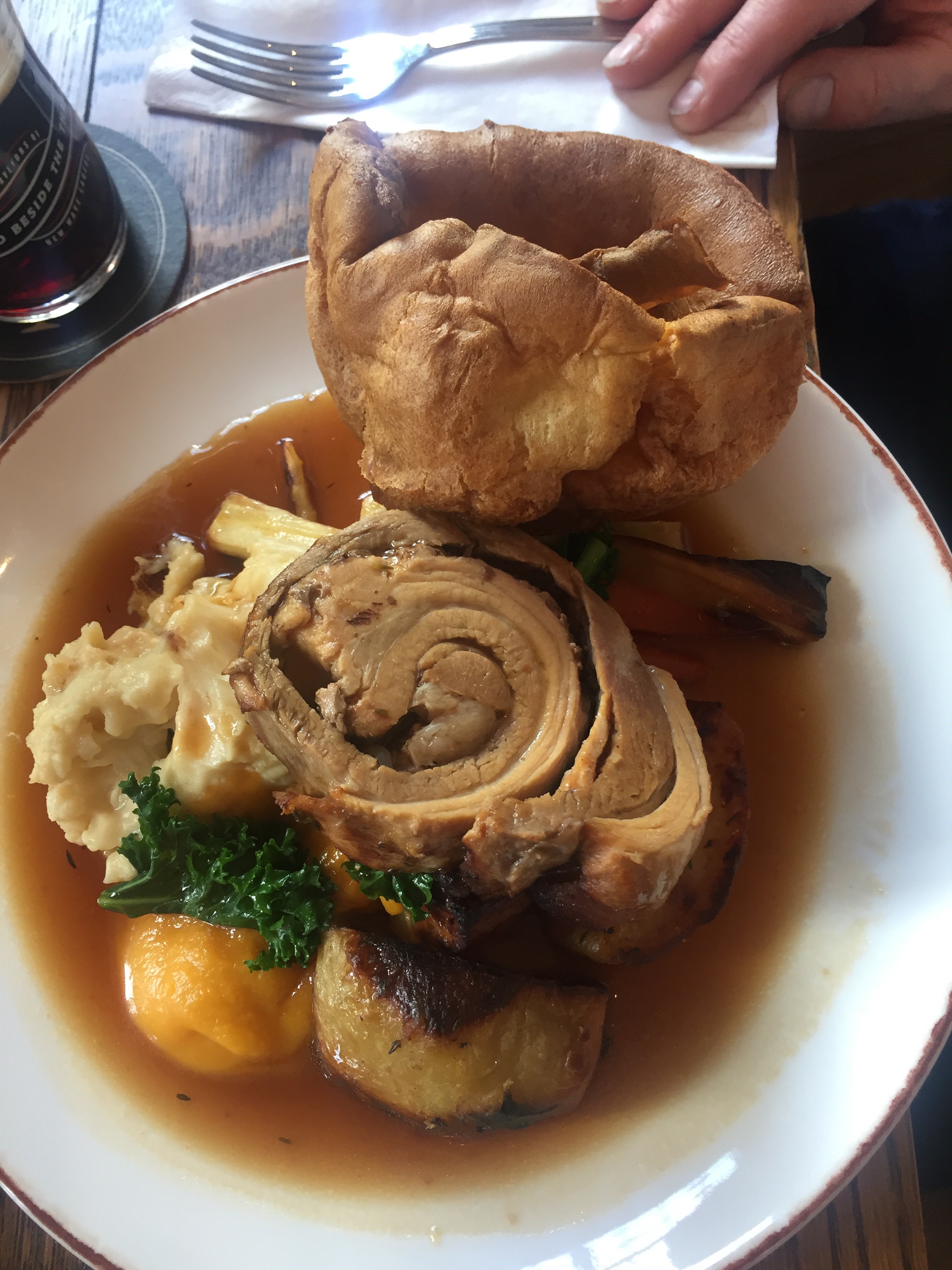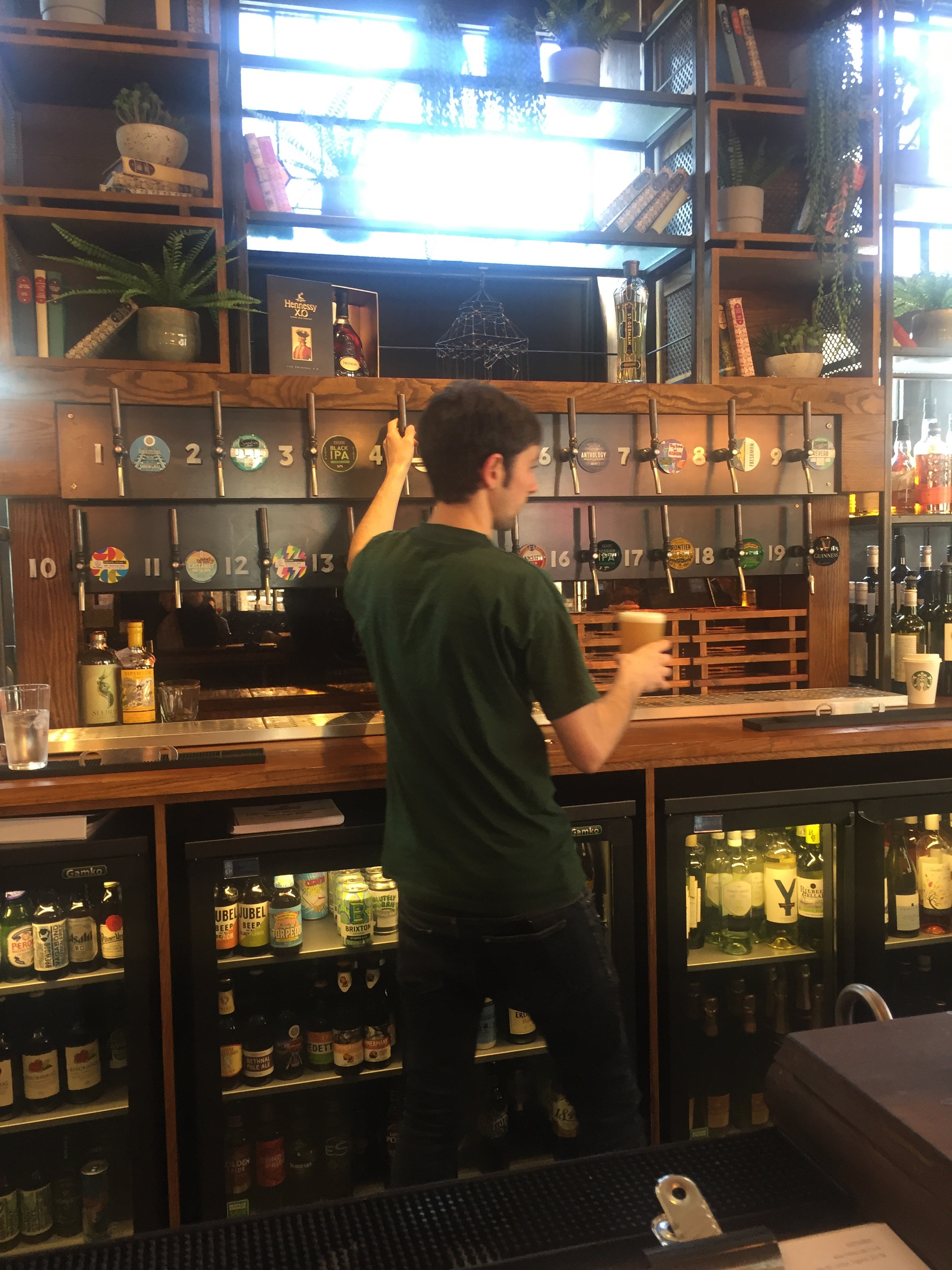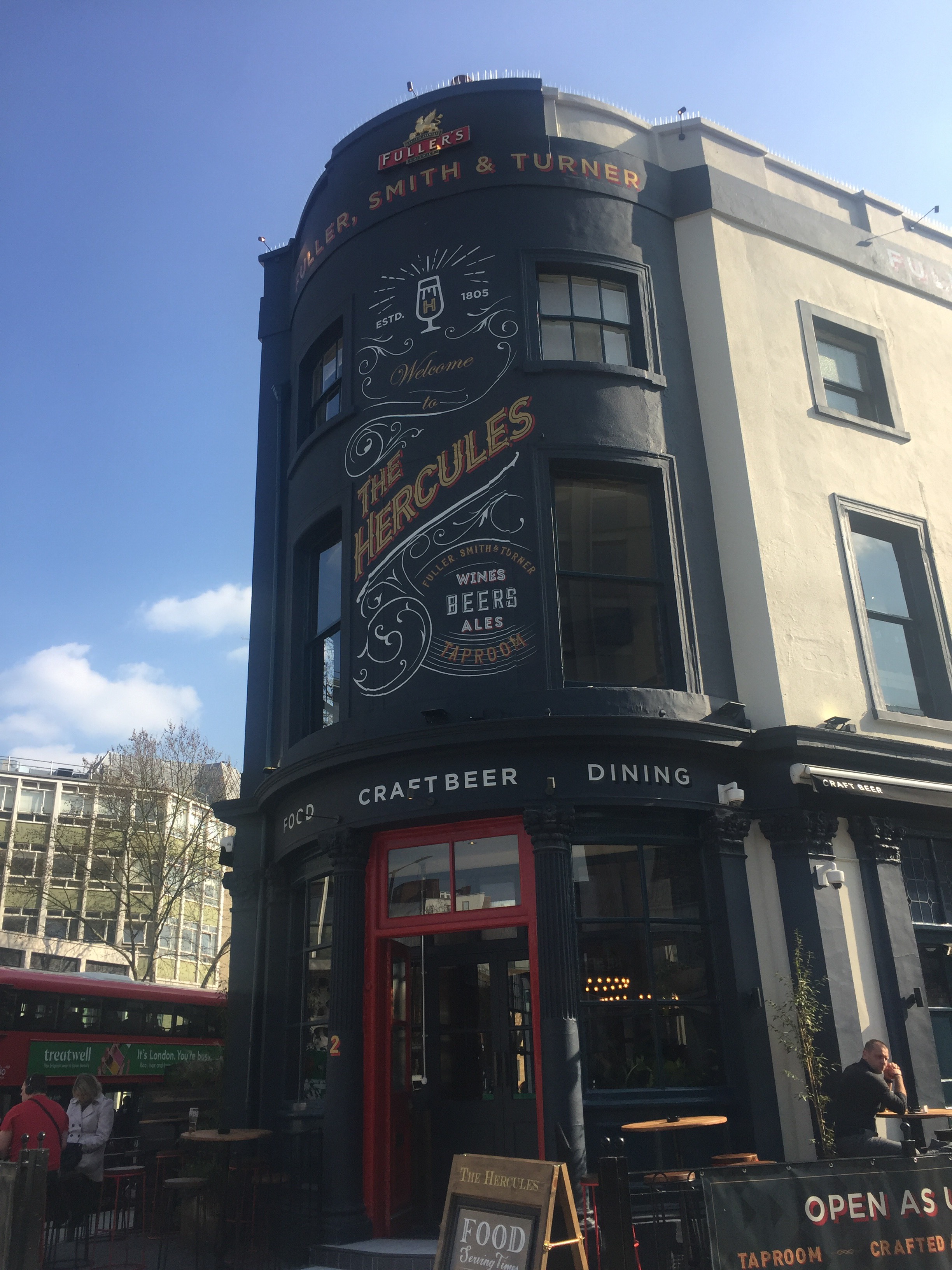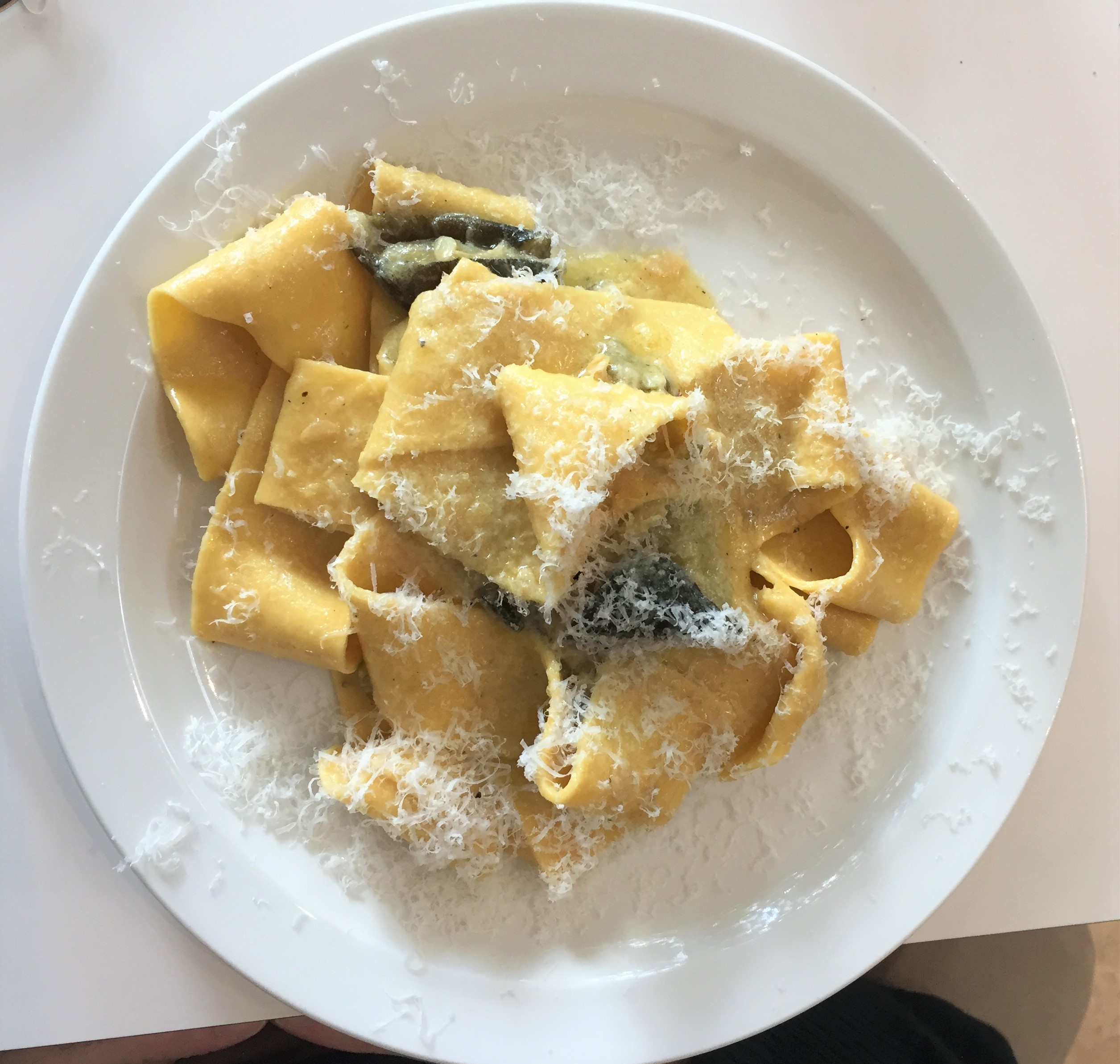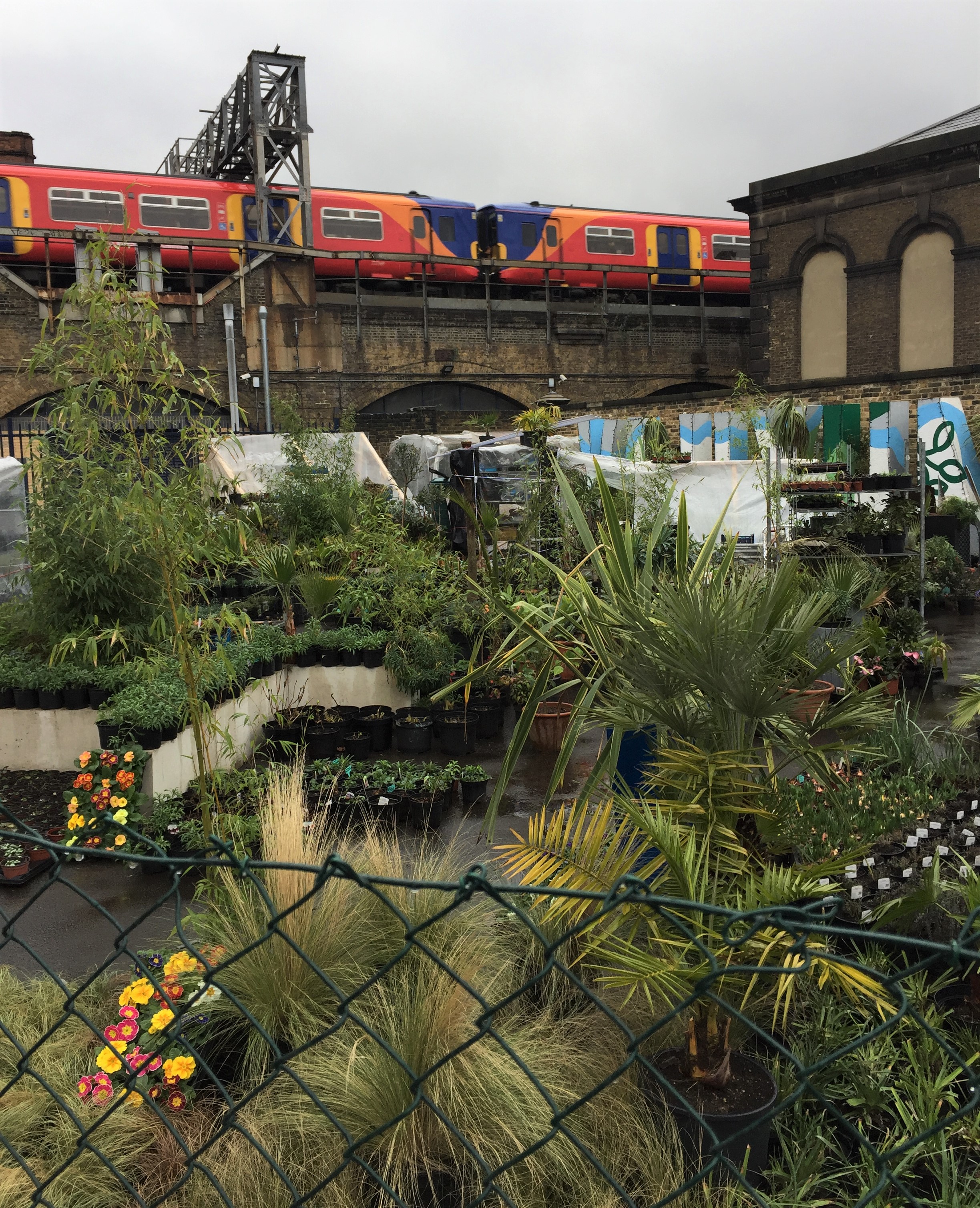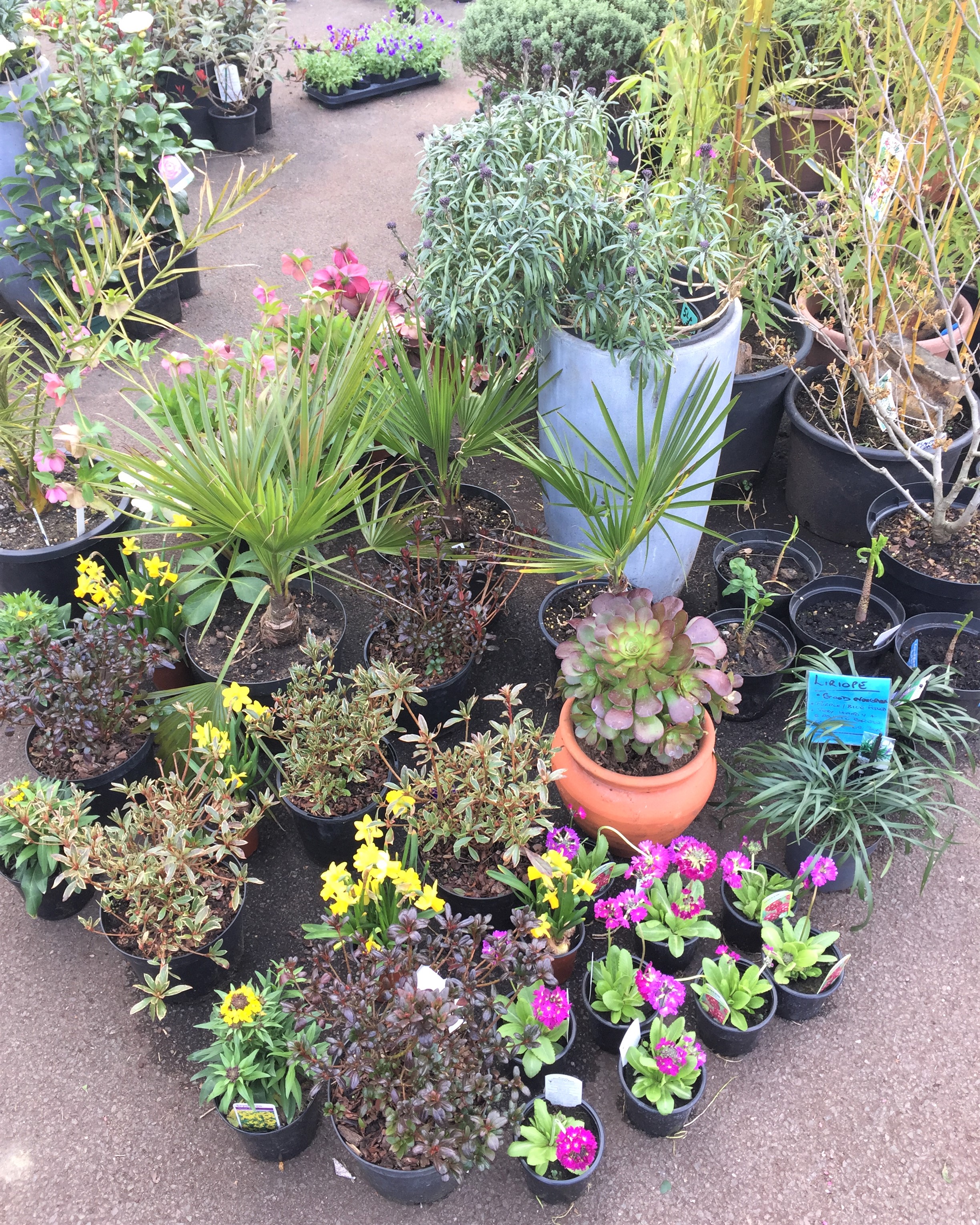Mr. Charcoal is a very authentic Chinese in north Kennington focussing on dishes from northeast China and is by no means Cantonese takeaway fare. You might know it by its previous incarnation, Seveni. We recently paid a visit to see what the barbeque buzz is about. What first strikes the patron is the presence of cheesy Chinese pop music (tick), actual Chinese diners (triple tick), and enormous mutant looking fish in a tank (quadruple tick). In fact, it creates the almost immersive experience of being in a Beijing café.
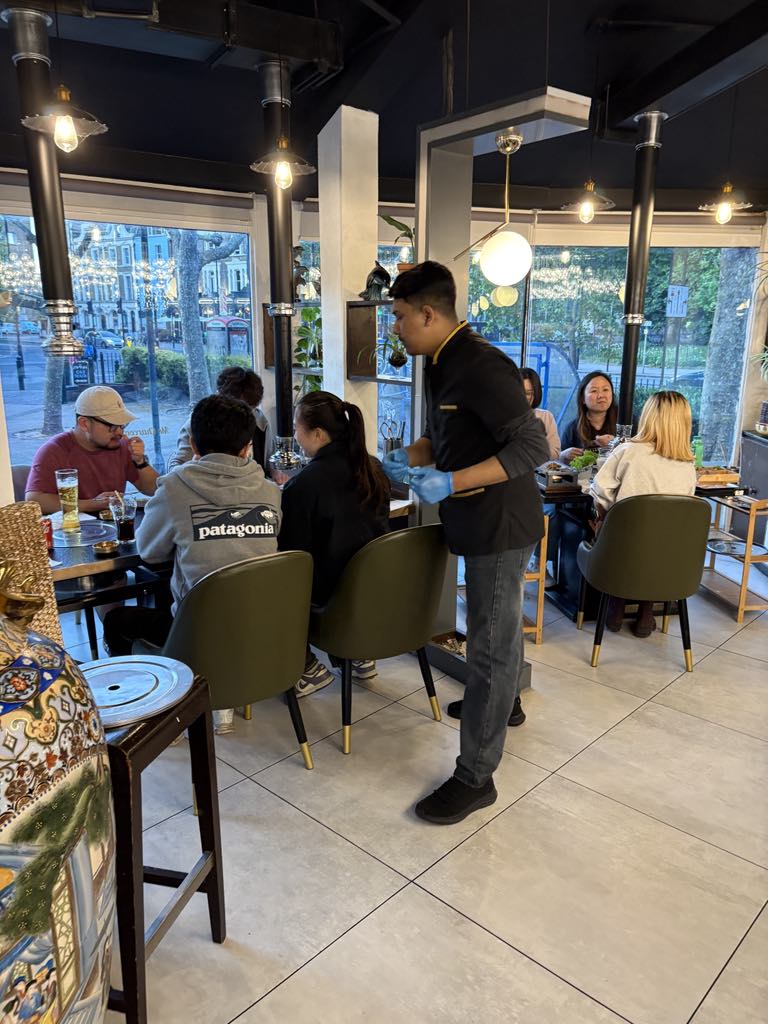
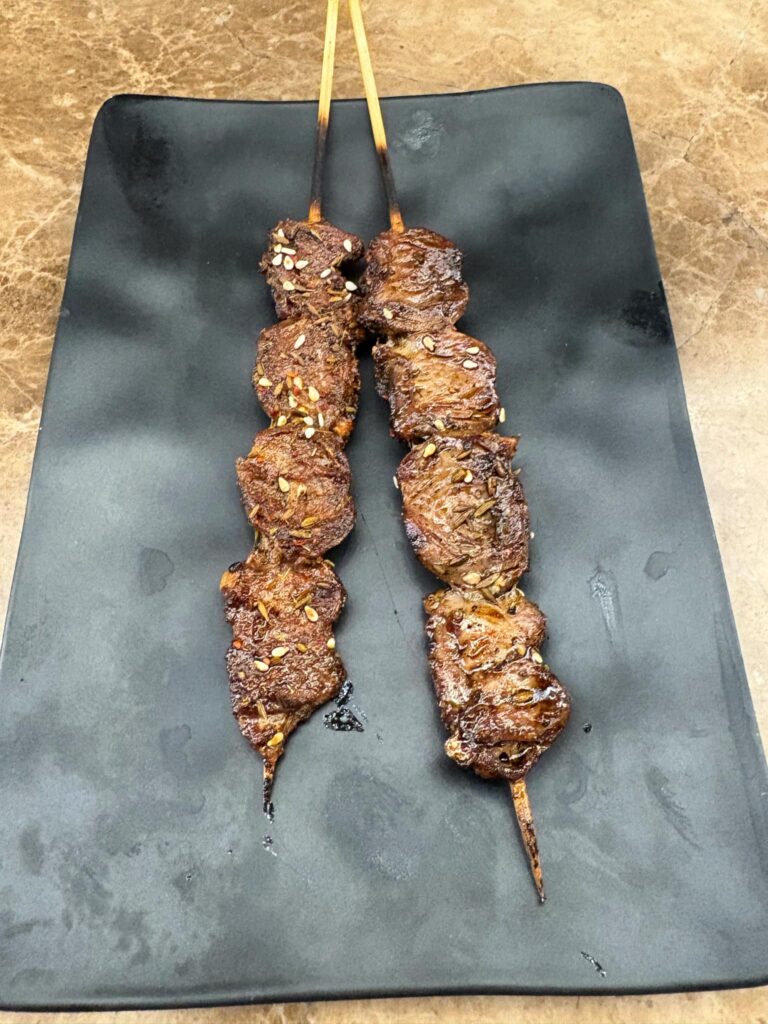
As a starter new intern Nick and your scribe had chicken hearts. We’d never actually eaten heart before, and it can only be described as kind of like a crispy meatball. It was heavily seasoned with cumin (as a lot of dishes are), sesame, and a great deal of pepper. We contemplated ordering pig brain, aorta, intestines, or duck blood but then thought that the table would end up looking more like a crime scene. So we stuck with more mainstream dishes.
The main event for us was a shared stew pot described as Chinese sauerkraut with pork belly strips. Our server had helpfully advised that this was good to share so we teamed it with some egg fried rice. If you don’t like a lot of spice, this is a good choice: plenty of flavour in the cabbage, not exactly sauerkraut, a little more soup-like and the most delicious thin slices of pork belly somewhat of the fashion you might find floating in a bowl of Japanese ramen. This was sufficient for two people with the tasty egg fried rice also in a shareable portion. We also indulged on the lamb skewer. Forgetting protocol, Nick tried to split them in half until he realised, after your scribe stabbed him with a skewer, that Observer staff get more than interns. It was juicy, very cuminy, and melted in the mouth.
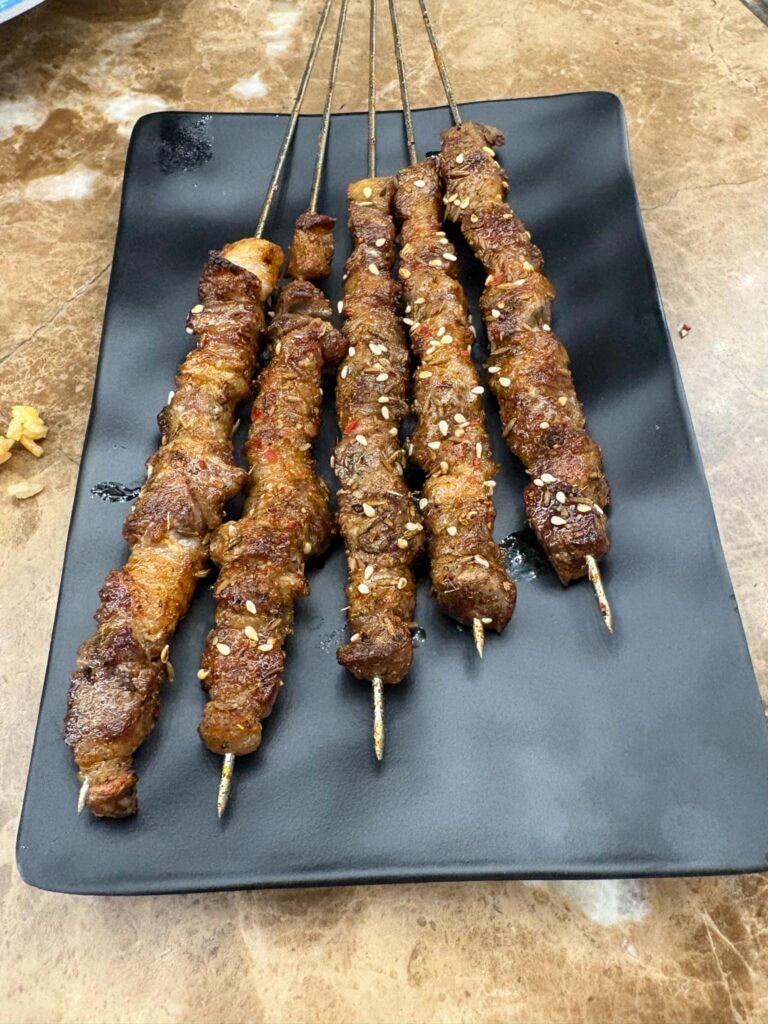
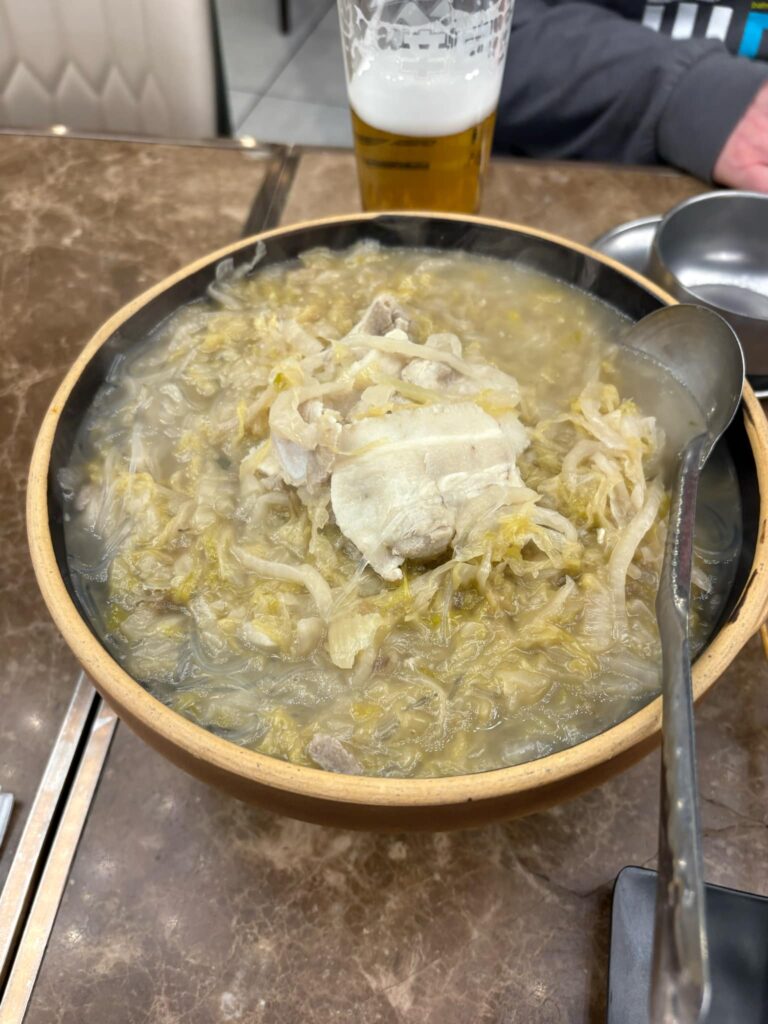
Half the tables at Mr. Charcoal come with BBQ’s at your table, but we weren’t that adventurous. Mr Charcoal can seem a little intimidating on first impressions, and there is not much of a website and what there is carries only a limited menu, half in Chinese and scant information beyond that, but that’s half the fun. Then, after an evening imagining ourselves to be in a little known café in Beijing with smiling locals eating every organ available, we were mercilessly disgorged onto a bus fumed Kennington Road where we almost got knocked down by a 59 bus. So much for dreaming.

